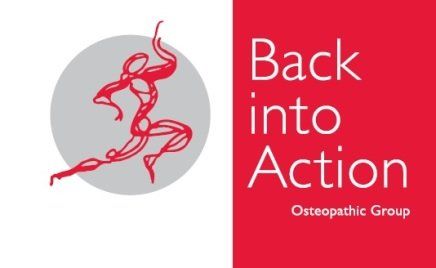How much do appointments cost?
Initial consultations cost $130.00 and are 45 minutes to 1 hour in duration.
All subsequent consultations are $100.00 with a duration of 20 - 30 minutes.
Concession (U16yrs), Pensioner rates are as follows:
$110.00 Initial consultation, $90.00 Subsequent consultation
Proof of pension must be provided at payment.
Can I claim my Osteopathic treatment on Medicare or Private Health Insurance?
Normally osteopathic treatment is not covered by Medicare. However, some private health insurance funds with "extras" cover do reimburse a portion of the cost of treatment.
Additionally, as of July 1 2004, people with chronic conditions and complex care needs who are being managed through a CDM (Chronic Disease Management) previously known as Enhanced Primary Care (EPC) plan, may be eligible for up to five rebatable allied health services per year by referral from their general practitioner.
Osteopaths fall under the umbrella of eligible allied health professionals in this scheme. The Osteopaths at Back Into Action are registered providers with the Health Insurance Commission (HIC).
As our scheduled fees, still apply to EPC referred clients. An out-of-pocket expense will apply after the Medicare benefit has been claimed.
Do I need a referral from a GP?
No. Osteopaths are primary health care practitioners so a referral from your doctor is not required. Osteopaths are not only trained to diagnose musculo-skeletal complaints but general medical problems that may need conventional attention. Your osteopath may ask for your permission to contact your doctor to keep them informed of your progress.
What training does an osteopath undergo?
Osteopathic training in Australia consists of a minimum of five years of undergraduate and postgraduate study.
Currently, Melbourne is leading the field in osteopathic training with studies being held at universities such as RMIT or Victoria University.
All osteopaths must be registered with the Osteopaths Registration Board of Victoria/AHPRA, regulated federally by the Minister for Health.
The main representative body for Osteopaths Australia-wide is the Osteopathic Association (O.A.) which deals with issues specific to the profession, i.e. continuing education, promotion, and legislation issues.
Is osteopathic treatment safe to have during pregnancy?
Osteopathy may be beneficial in managing musculoskeletal complaints associated with pregnancy. The comfort of our patients is always a priority and at Back Into Action Osteopathic Group, we have equipment such as pregnancy pillows that aim to minimise discomfort whilst being treated.
However it is important to recognise that with any procedures performed, there are potential risks involved. Hence it is always important that you inform your practitioner of any health related issues that you may be experiencing as well as keeping in contact other appropriate healthcare practitioners such as your obstetrician.
What conditions have patients consulted us for?
- Headaches
- Neck pain
- Back pain
- Sports injuries
- Repetitive strain injuries
- Tendinitis
- Jaw pain (TMJ)
What can I expect from consultation?
Consultations involve case history taking, examination and if appropriate to do so, treatment. Our osteopaths may prescribe advice or exercises for you to take home. If it is your first time seeing us, consultation will take around thirty minutes to one hour as there is more information we need to record for your own safety and management. Subsequent consultations traditionally run for thirty minutes.
Will I need x-rays?
There is no straightforward answer to this. If we suspect a fracture and need confirmation, then the answer is yes. You may also need an x-ray for a joint problem that isn’t responding as we would expect during our treatment plan.

